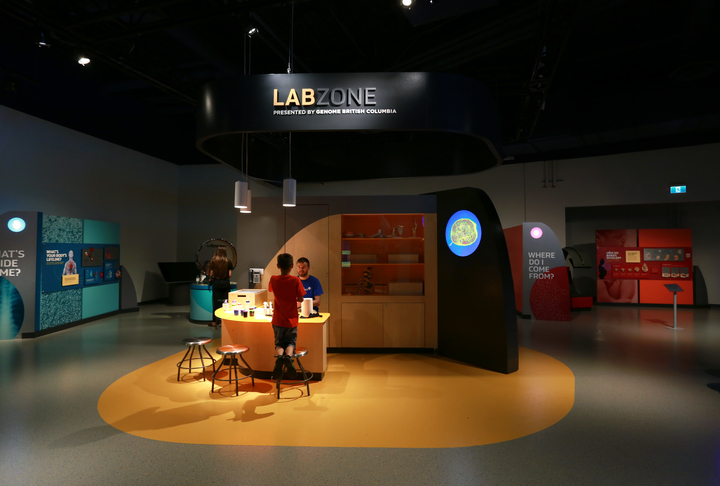A fingerprint is a mark left behind after the ridges on the fingers, hands, toes or feet touch an object. In this activity, students make a set of direct fingerprints using two different techniques and learn to identify their own friction ridge patterns.
Dactyloscopy (fingerprint identification) is useful to forensic scientists when they compare two fingerprint samples to determine whether or not they came from the same person. Governments around the world have used fingerprints as an identity marker for more than a hundred years.
Although manual identification of fingerprints is a time-consuming process, today, there are major databases and programs, such as the Automated Fingerprint Identification System (AFIS), that are used by police agencies to scan fingerprints for a match in as little as two minutes.
Fingerprints are what we call the pattern of ridges on the fingers that provide a rough surface that helps create the friction needed to pick up a baseball or hold onto a pencil; they are also know as "friction ridges". These ridges are formed before birth. By the time a fetus is 11 weeks old, the first, gentlest ridges have formed on its fingers. One of the deepest layers of skin pushes upwards, making ripples in the layers of skin above it. By the time a baby is born, there are seven layers of skin, and fingerprint ridges ripple through the top five layers.
Baring loss of a finger tip to injury, or intensive scarring, the friction ridge pattern of individuals will constantly re-grow the same as their skin re-news throughout their lives.
Fingerprints have three main classes of friction ridge: the arch, whorl and loop.
- Arches have lines that start on one side and rise and exit on the other side of the print. They look like a hill.
- Loops have lines that enter and exit on the same side of the print. They look like an upside-down U.
- Whorls have circles that spiral and do not exit on either side of the print. They look like a bull’s eye.
Every fingerprint is unique, but there are certain patterns that can be observed which many prints have in common. Explore student's fingerprints in this activity and see what classes of ridge patterns they each have. Interestingly, even fingerprints from the same individual can vary slightly from finger to finger!
